Designers and Fashion Execs Celebrate New Ruth Finley Documentary
- Oops!Something went wrong.Please try again later.
- Oops!Something went wrong.Please try again later.

Somewhat suitably, 100-plus people — many of whom hadn’t seen each other in two years — turned up Friday night at Scandinavia House in Manhattan to celebrate the premier of a documentary about Ruth Finley, an industry ringleader, who had scheduled New York fashion shows and events for nearly 70 years.
”Calendar Girl” highlights how she created the Fashion Calendar in 1945 and sustained the biweekly publication for decades afterward. A one-person operation throughout that time, Finley wasn’t just a scheduler, but also a connector, advising designers — especially young ones — about how they might gain more of the spotlight. Her guidance helped shepherd in generations of designers, including ones that were not only running their own businesses but living in New York City for the first time. Finley sold the Fashion Calendar to the Council of Fashion Designers of America a few years before her death in 2018 at the age of 98.
More from WWD
The film will be available starting Tuesday, International Women’s Day, on VOD. It was produced by Natalie Nudell, Tracy Jenkins Yoshimura and Kate DelPizzo.
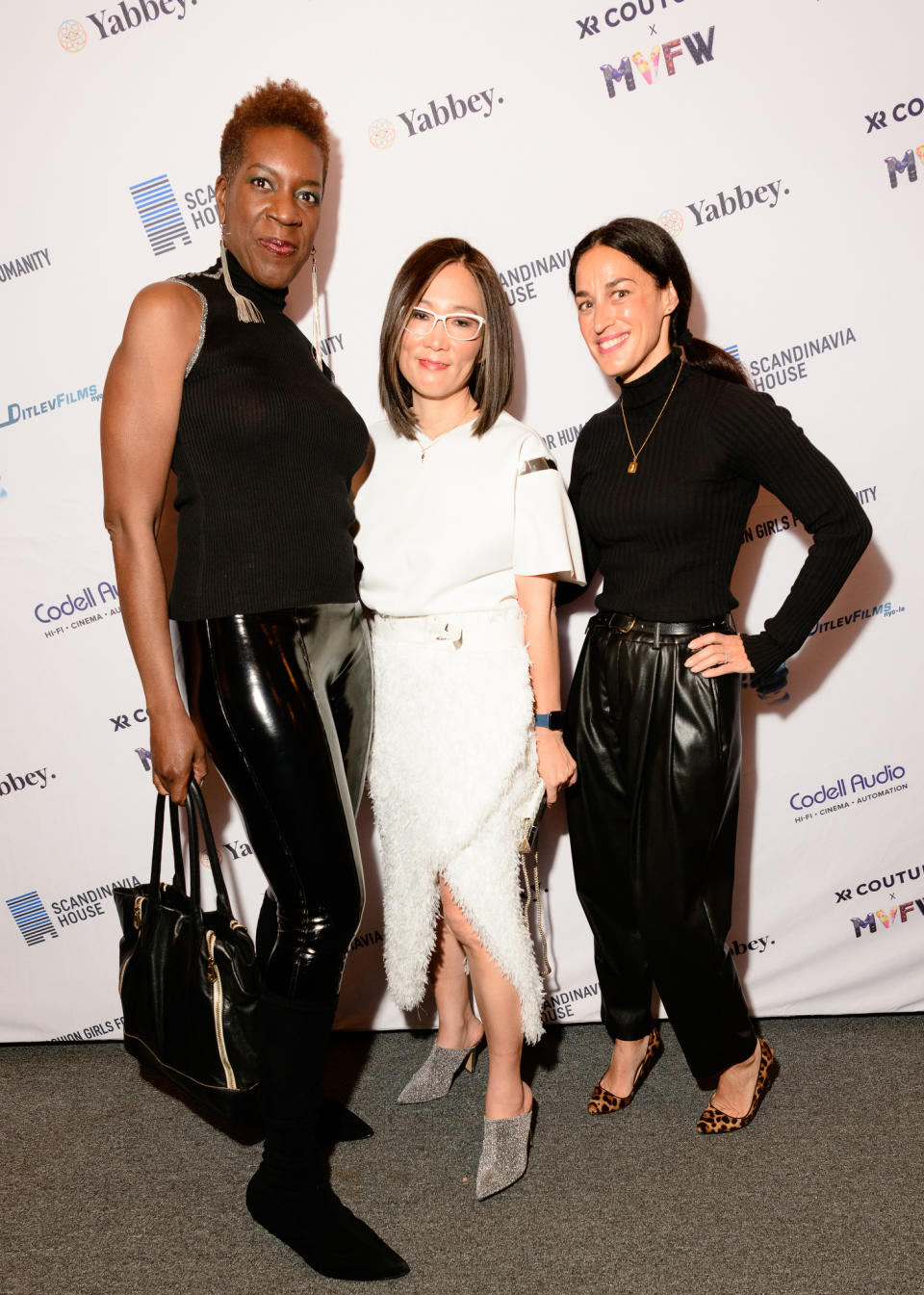
Hannah Turner Harts/Courtesy of BFA.com
Friday’s premiere, question-and-answer session and cocktail party attracted director Christian Bruin, the CFDA’s Steven Kolb, Linda Fargo, Jeffrey Banks, Nancy Chilton, Joanna Mastroianni, Gideon Lewin, FIT’s Valerie Steele, Fern Mallis, Fashion Group International’s Maryanne Grisz and others from the fashion crowd.
While some mused about how Finley liked to travel by subway, others wondered how she kept her Boston accent after living in New York for so long. Mary Myers Hackley, who worked for Finley for 13 years at the end of her lengthy career, said, “She was kind, always kind.”
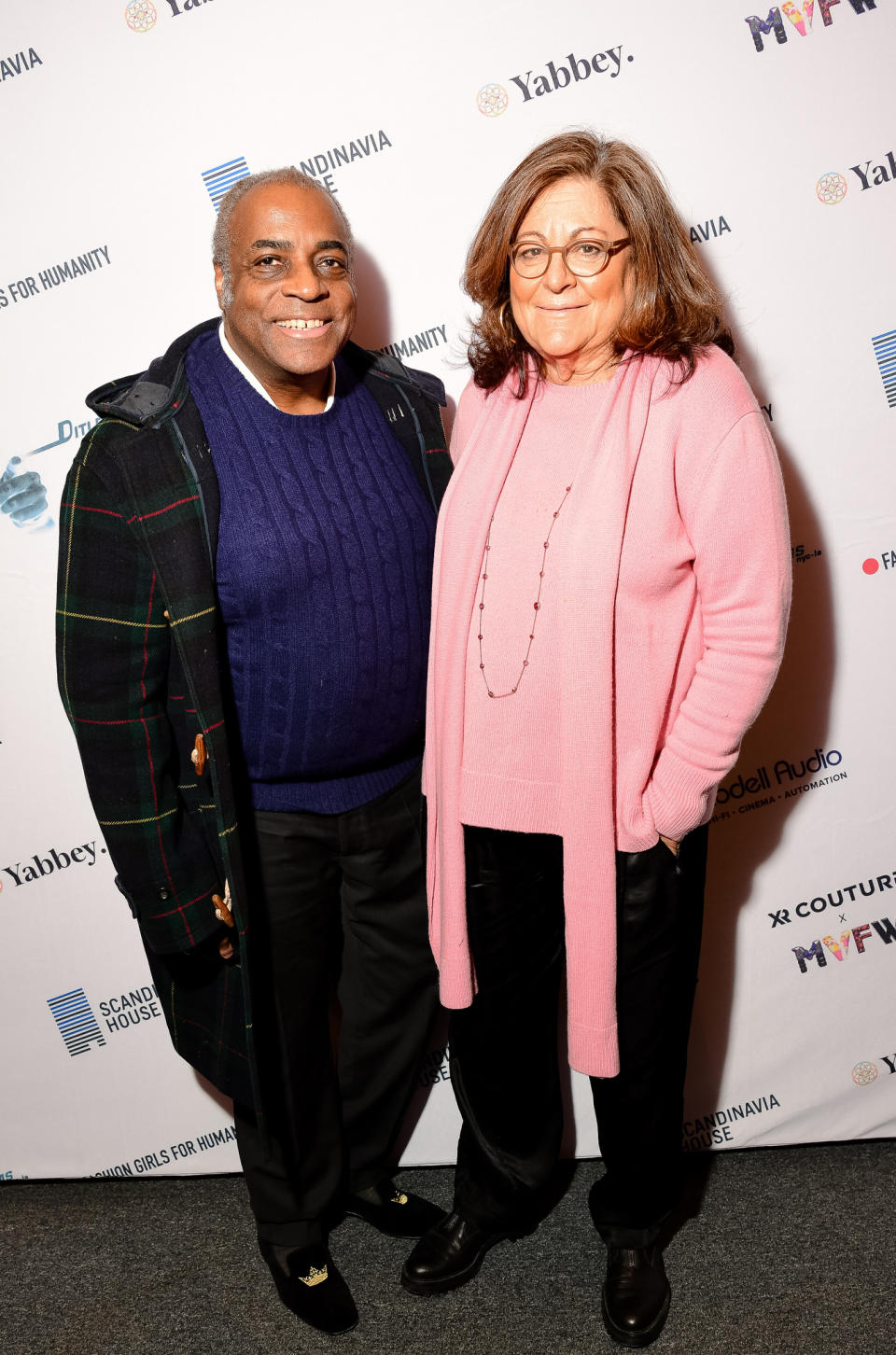
Hannah Turner Harts/Courtesy of BFA.com
The fact that Myers Hackley’s apartment was a few blocks from Finley’s home office appealed to the always-working Finley. “We never had any snow days,” she said.
Recalling planning her first runway show in the early 1980s, Yeohlee Teng said at that time she didn’t know what fashion week was. Finley took the new-to-the-city designer under her wing. Finley found the right time slot, was “a godsend, and she was always there,” Teng said. “She had a heart and a sense of humor but she was always accessible. She was a true person. There was nothing faux about her. She did what she did, feet to the ground, and got it done.”
Mastroianni emphasized how Finley “was very passionate about creating creatures. She loved all of us. It didn’t depend on how young we were, how successful we were, whether we had a brand or not. That did not make a difference to her. It was really about giving you the opportunity to showcase.”
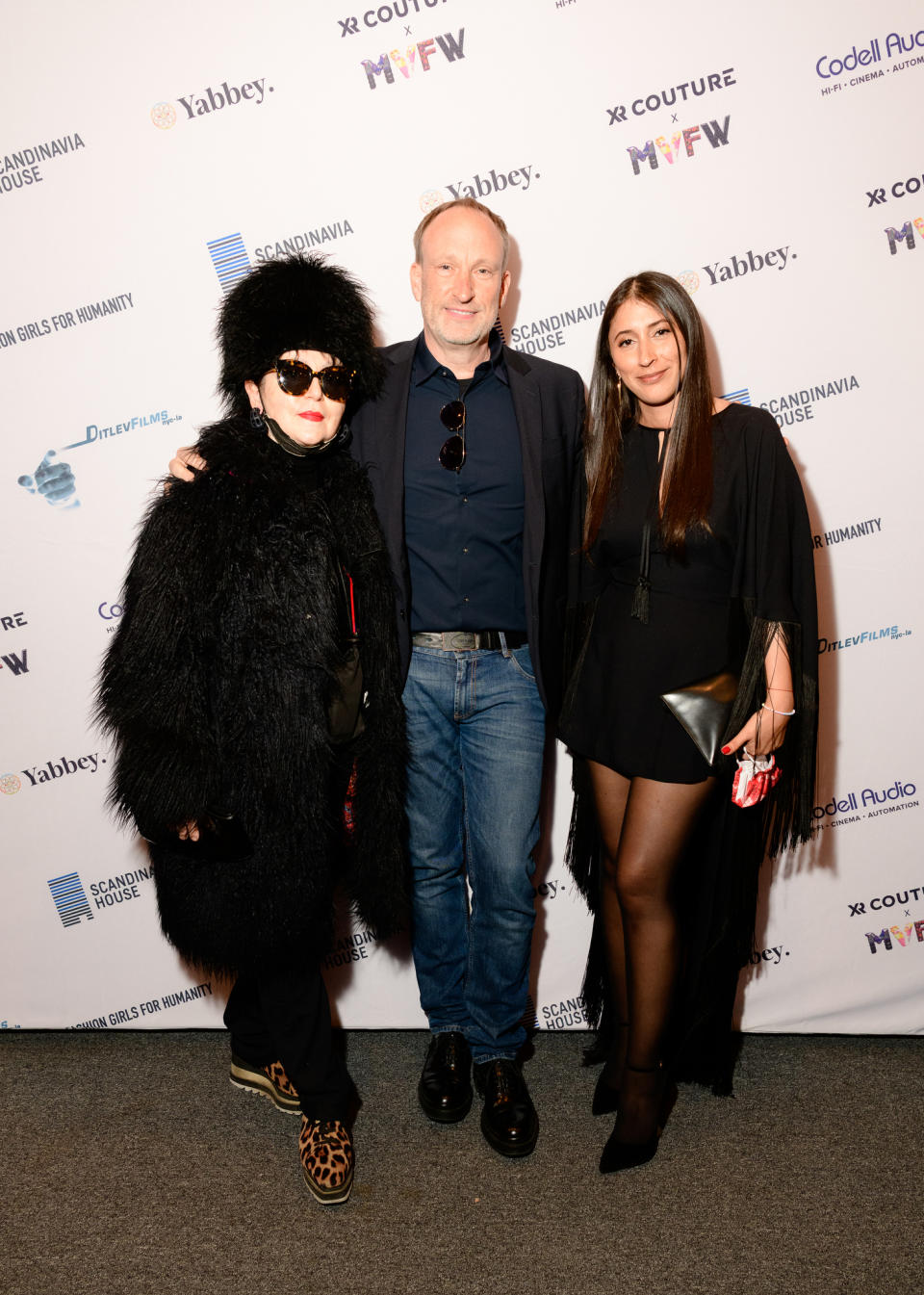
Hannah Turner Harts/Courtesy of BFA.com
Guidance was a given, with Finley recommending which time slot would be best for each individual designer. Finley also made the effort to go see the collection, Mastroianni said. Omnipresent during New York Fashion Week, Finley was known to turn up at shows in the evening of the final day (when many other attendees had found reason to skip the last few).
Patrick Murphy, the former fashion industry liaison for New York City’s economic development corporation for former Mayor Michael Bloomberg, said, “I loved Ruth.”
Now at J.P. Morgan, Murphy said: “Obviously, she was a very determined woman. She had to be to be a career woman that young and that early. But we didn’t see the steely side of her [in the film]. She had to have said, ‘No,’ and p-ssed people off at times, when she was doing the calendar.”
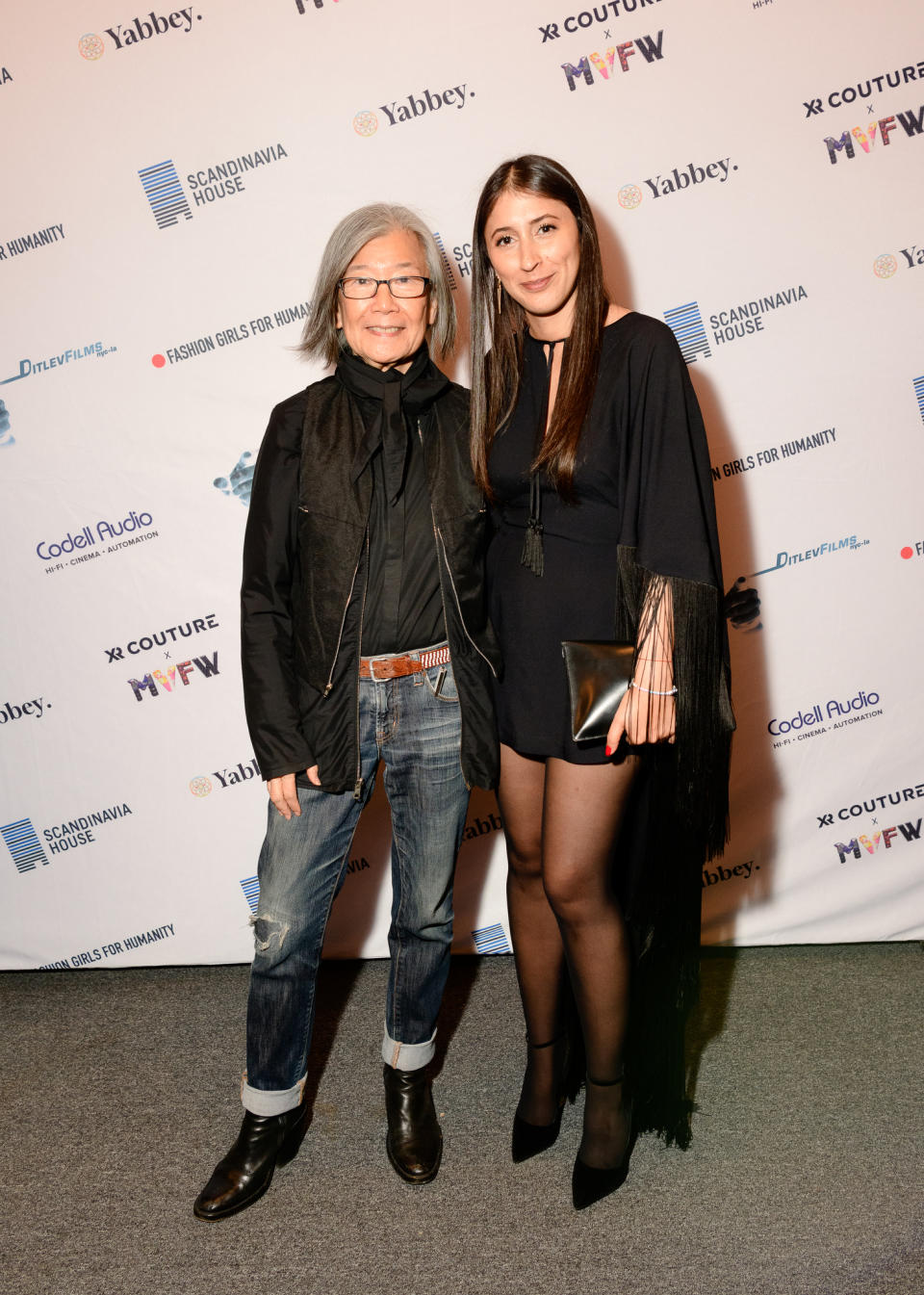
Hannah Turner Harts/Courtesy of BFA.com
Never one “to be critical of the work,” Finley “understood the importance of spotlighting the American designer especially if you were not a big brand and didn’t have a parent company,” Mastroianni said. During frequent brunches, Finley wanted to know what was going on, what you were thinking and current and future plans, the designer said. “How many people do we have like this in our industry? This was not typical. It was from the heart,” Mastroianni said. “She really wanted to see the advancements of the American designers. She wanted you to grow. She wanted the world to know that you existed in whatever way that she could help make that happen.”
Mallis described the film as “a really lovely love story of someone who we all really did admire in the industry. I don’t think anyone ever had a nasty word to say about Ruth.”
The documentary made Mallis want to go back and look at so many of the old-fashioned calendars that were chockablock with designer names and the various places they showed. “It really is an archive that is so valuable. We all lived and breathed by the fashion calendar for many years,” Mallis said.
Had Finley lived to see the premiere, she would have been thrilled by all the recognition and the accolades, Mallis said. “This industry is very tough on everybody. People don’t really acknowledge people, who are doing great work over time. She deserved to be acknowledged.”
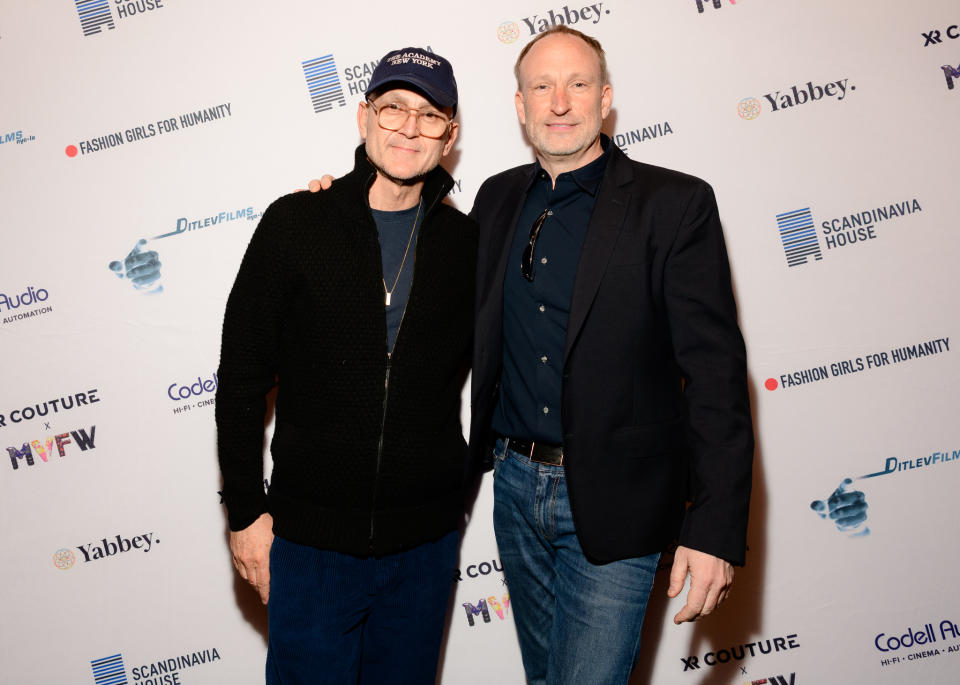
Hannah Turner Harts/Courtesy of BFA.com
Uncertain how many people outside of the industry will be interested in the film, Mallis allowed that “there is a lot of fashion history in there.”
Having helped fund the film, Kikka Hanazawa said she was most intrigued by Finley’s entrepreneurial story as a mother working from home. The pandemic made it even more relevant today, she added. Hanazawa, who is chief executive officer of VPL, said she chatted with one of Finley’s sons about how the business side of the Fashion Calendar deserves further exploration.
“For her, it was enterprising enough to raise three children on her own. It was a very viable business. And for 60 years to have that kind of monopoly, that’s just amazing. Yes, in this day and age anyone can copy it. There were people trying to do it, but they couldn’t quite get it because they weren’t the first to get that information. She was. She had the access which nobody else had. Everybody else had to copy her information,” Hanazawa said.
Noting how it was interesting to understand the competitive advantage that she had, Hanazawa said: “They should really make that into a business school case study. If a woman can work 60 years making a million dollars a year that might be a better business [model] than quickly selling a business in a couple of years.”
Sign up for WWD's Newsletter. For the latest news, follow us on Twitter, Facebook, and Instagram.

